I'm trying to make a high power UPS, I have a 13.6V PSU and an Inverter and a Lead acid battery.
Everything would be connected this way:

There's a problem with that circuit, if the battery is too discharged the initial charge current will be too high for it, so I need to limit the current while charging and not while discharging.
The simplest solution would be this:

But that solution isn't very efficient. So now the next thing that comes to my mind is using a mosfet as diode, like the reverse polarity protection circuits. I only have N channel fets, so the end result should be this:

However according to LTspice that circuit doesn't work. As long as it is the default Nmos it does work, but if I try to replace it with with any Nmos in ltspice's catalog (Mosfets with a VGS above 20V), the MOSFET still conducts when it shouldn't. Why?
By the way, the MOSFET I want to use is an IRF3205.